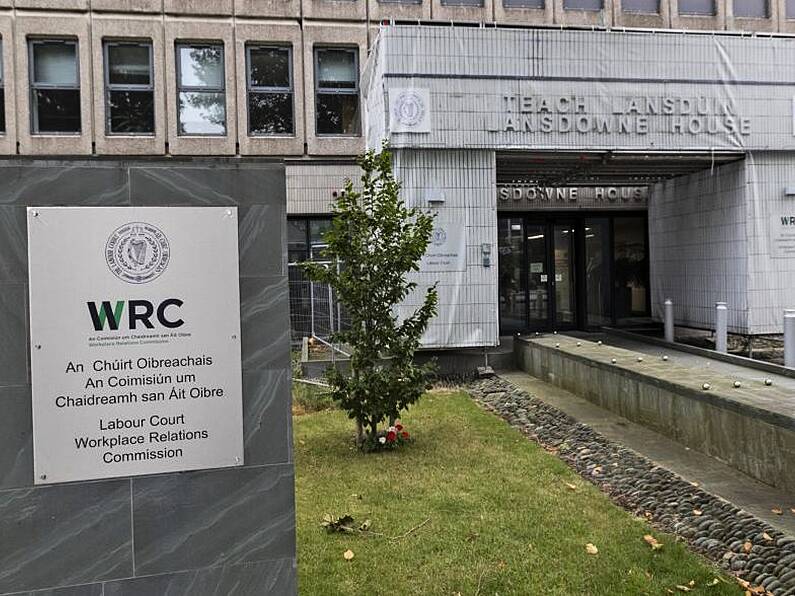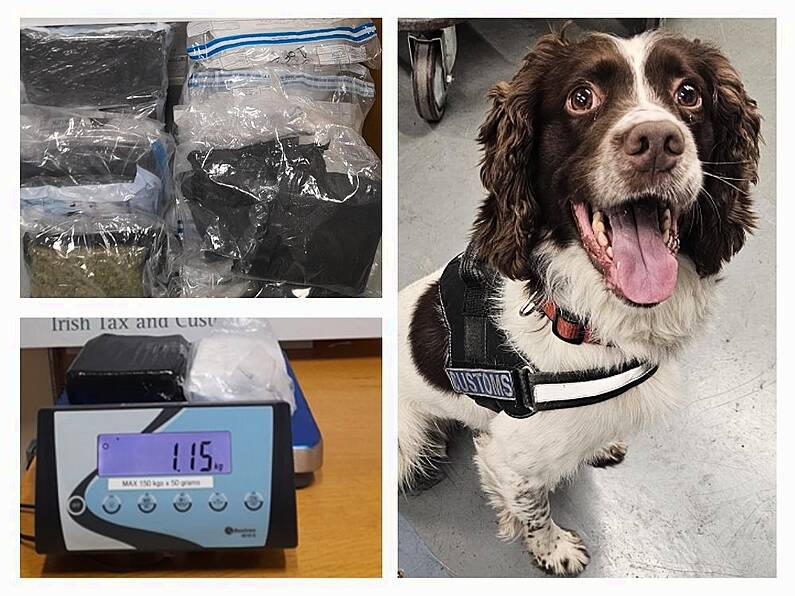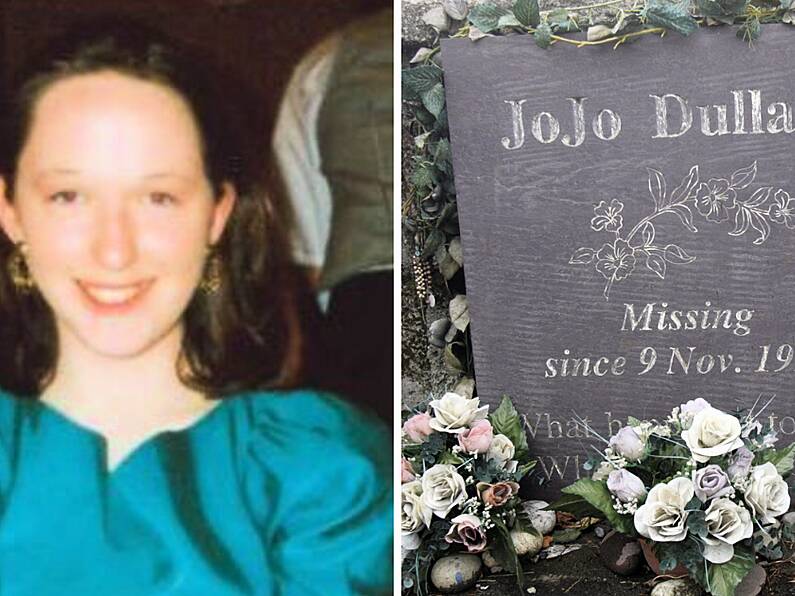Public servants will receive a 10.25 per cent pay rise over two-and-a-half years after an agreement was struck between unions and the Government.
Government officials are finalising the proposals of the financial package which amounts to €3.6 billion spread over four budgets.
Negotiations on the deal ran into the early hours of Friday morning at the Workplace Relations Commission (WRC) headquarters in Lansdowne House.
The proposals will see the 385,000 public servants getting a pay rise worth 10.25 per cent over two-and-a-half years.
Kevin Callinan, general secretary of the Fórsa union, said on Friday: “Well, just in the last few minutes the congress group has a finalised agreement with the Government side.
“I am conscious that some of our non-congress associations are still in discussion in relation to various matters and I’d like to respect that. We’ve worked closely with the Garda associations and the non-congress health unions.
“So we’ve reached a point where we’ve concluded pay terms totalling 10.25% over two-and-a-half years.
“Like all of these things, we would have liked it to have been more but we have succeeded in improving the last Government offer on January 11.
“We’ve got more money and we’ve got it sooner. So we will be taking that detail back to all our affiliates in a meeting [on Friday], and we will release more details after that.
“We want to bring the news directly to them first.”

Union representatives from Fórsa, the Irish Nurses and Midwives Organisation (INMO) and the Irish National Teachers’ Organisation (INTO) will release a statement on Friday.
Minister for Public Expenditure Paschal Donohoe welcomed the proposed public pay agreement.
Mr Donohoe said: “Collective agreements have an important place in public service industrial relations.
“They provide a means to ensure we can deal with public pay issues in a fair, equitable and affordable way. I welcome the proposed agreement that was reached in the early hours of this morning at the WRC.
“I recognise that the commitment, flexibility and agility of our highly skilled public servants is fundamental to the delivery of quality public services. I believe that this agreement will provide certainty and stability for public servants as well as the Government and public service users over the coming years.
“I have always been clear that I wanted to reach an agreement that was both affordable and fair and I believe both of these objectives have been achieved.
“The agreement provides for increases of 10.25% over a two-and-a-half-year period. This is made up of pay increases totalling 9.25%, as well as a provision for a Local Bargaining mechanism equivalent to 1% of pay.
“The pay measures in the agreement are weighted towards those on lower incomes. Those on lowest incomes will receive up to 17.3% over the lifetime of this agreement inclusive of the Local Bargaining provision.
“I believe the new Local Bargaining process in this proposed agreement is an innovative and positive development that will support ongoing industrial peace.
“This process will allow grades, groups and categories of public servants to progress proposals or address issues while also providing cost certainty to the Government.
“Continued reform of our public services remains a key priority for Government and this is reflected in the agreement, which builds on the achievements that have been made in every facet of the public service in recent years. I acknowledge the positive engagement by the unions and staff associations in this regard.
“I will now take this proposed agreement to Government for approval and I hope the proposals will be endorsed by public service unions and associations in the ballots that will follow.”






